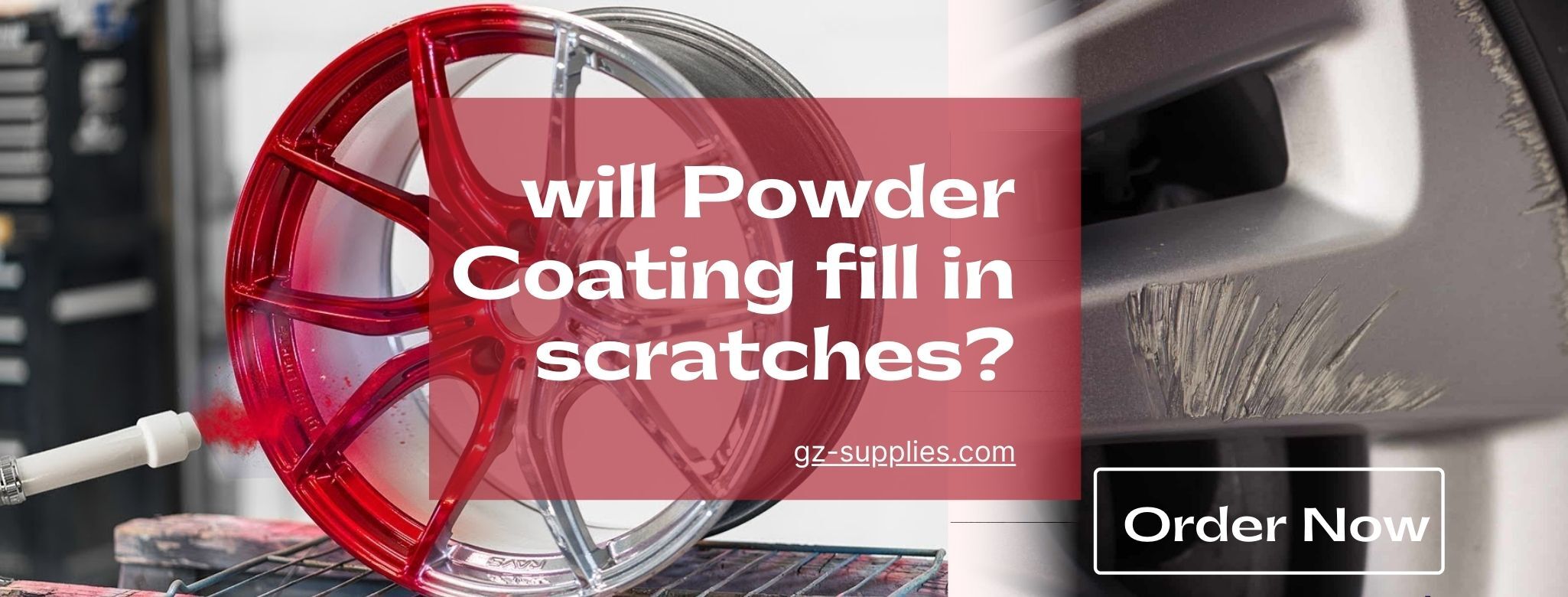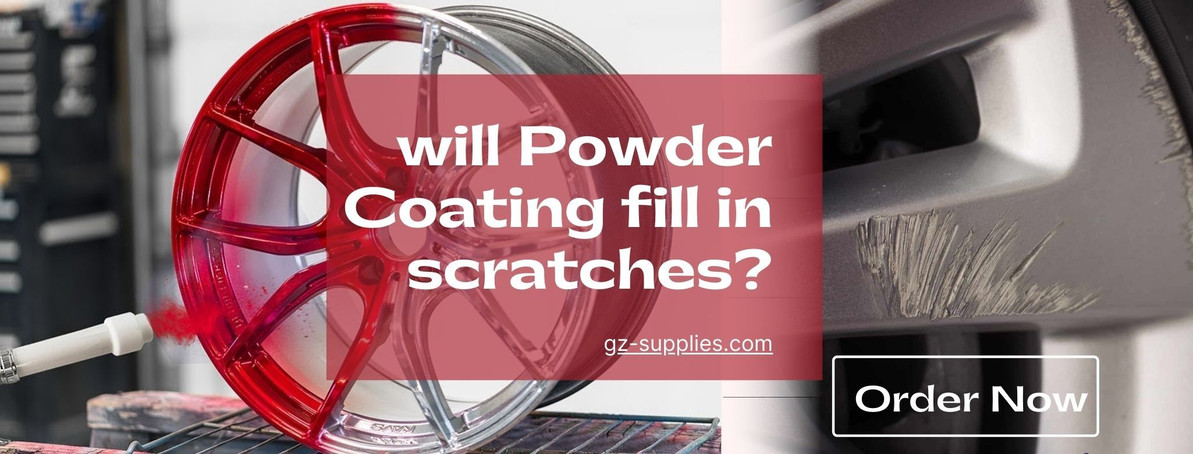Will Powder Coating fill in scratches?
Will Powder Coating fill in scratches?
Powder coating is a painting technique that is used on aluminum handrails and many other factory-made metal items. This coating is often preferred by businesses and customers alike, because it provides a visually appealing finish. Moreover, the coating adds a scratch-resistant layer to the aluminum, further protecting handrails from the wear-and-tear of general use and outdoor elements. Powder coating makes your product look more professional and commands higher price. Many customers specify or demand powder coating for its superior performance.
Why should I use Powder Coating?
Powder coated products simply look better. It is more durable than liquid paint, more chip resistant, has superior adhesion, is less expensive than liquid paint of comparable performance, environmentally friendly, chemically resistant, and ready to use as soon as a part has cooled down
What imperfections will Powder Coating cover up?
Powder coating can cover minor scratches and small imperfections. Smooth glossy powders are the most demanding and matte or textured powders the most forgiving for surface preparation. However, Powder Coating will not make up for poor workmanship. As with any coating, the end result is only as good as the surface it was applied on.
What kinds of objects can be powder coated?
Many objects we encounter are powder coated. The list on the CPC Home Page shows only a handful of the objects that can be powder coated.
All major industries use powder coating, from automotive to fixture manufacturing, and from appliances to a variety of furniture. Any surface you encounter that is made of metal and looks "painted" is quite likely a powder coated surface.
Predominantly a metal coating in years past, powder coating has in recent years advanced to include wood, ceramic and plastic in its realm of coatable surfaces. Technological advances have brought forward powder coatings that require a much lower temperature to cure, which has enabled the coating of these materials as well.

What advantages does powder coating have versus other more traditional methods such as painting or spray painting?
There are several advantages to powder coating. First and foremost of these advantages is that powder coating is much more durable than typical liquid solution paints. Powder coated surfaces are much more resistant to chipping, scratching, and other such wear due to the bond created with the object during curing.
The coating is also much more resistant to natural fade and wear. The vibrant color of a powder coated part stays bright and fresh years after its wet painted counterpart fades away. Also, while liquid paints may vary noticeably in color from batch to batch, powder batches are virtually identical. So identical, in fact, that differences between same color batches are not detectable to the human eye.
Powder coating is also a better option than liquid paint because powder does not run, drip, or sag, giving a uniform coating that has virtually no inconsistency within a parts surface or from one part to the next.
Possibly the most important advantage to powder coating is the fact that it is VERY environmentally friendly. Liquid solution-based paints contain solvents also known as volatile organic compounds (V.O.C.) which flash dry and evaporate into the air as the paint dries onto a surface. These ingredients in the wet coating process are not only hazardous to the work environment, but they are also a huge part of the pollution and ozone concerns that come from the industrial sector of our world. Powder coatings, on the other hand, are effectively void of these concerns. They contain virtually no V.O.C., and powder waste is quite easy to control, with the disposal process being almost as simple as throwing out the trash produced at your home.
Efficiency is another benefit to choosing powder coating. A large portion of raw material is typically lost to waste in the wet coating process in the form of whatever spray misses the part during the application. When powder coating is chosen, in many cases the material that does not apply to a part on the initial spraying is able to be gathered and reapplied in a later effort of application. There is much less waste produced by powder coating as compared to wet paint processes.
The bottom line is powder coating is an environmentally friendly process that requires no pollution control and is a finish that provides a uniform coating which is beautiful in appearance and superior in durability.
Kindly Contact Us for more information and availability
Recent Posts
-
Press Release: Same Great Lube, Less Waste: Lubemax 50:50 makes the Switch to Sustainable Packaging
In a move towards environmental responsibility, Epoxy Oilserv Nigeria Limited is proud to announce t …Apr 23, 2024 -
Top 8 Generators Recommended by Professionals in Nigeria (Reviews)
Generators can keep your home or business running with your essential equipment until the power is b …Apr 23, 2024 -
Transformer Safety: Preventing and Managing Common Hazards
Transformers are critical components in the electrical distribution system, handling high volt …Apr 23, 2024



